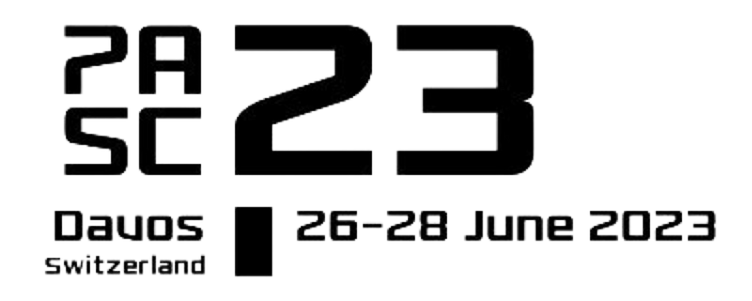Presentation

P31 - High-Performance Computing by and for Patient Specific Mechanical Properties
Presenter
DescriptionModeling the mechanical behavior of human trabecular bones improves technical applications and the treatment of fractures and bone or joint related diseases. However, this type of bone consists of a large number of struts and plates, resulting in a highly anisotropic and patient specific behavior. Furthermore, the tissue adapts over time and cannot be scanned in situ, by low resolution, clinical Computed Tomography (cCT) Scanners. With high resolution microfocus CT (µCT) scanners that are imaging the specimen ex vitro, the detailed shape can be derived with binary segmentation and direct discretization. We’ve developed a massively parallel software stack to compute the mechanical properties based on µCT and cCT images. We not only can solve such biomechanical challenges, but can also analyze the power draw and the energy usage of our high-performance computer HLRS Hawk in detail. Analyzing the hardware logging and combining these data with morphometric numbers of the bone leads to new approaches for saving energy and accelerating the computations. Overall, we show that targeting applications on different scales (cCT and µCT) with high-performance computers and improving the use of them can be accomplished simultaneously.
TimeTuesday, June 2710:01 - 10:02 CEST
LocationDavos
Event Type
Poster

